The idea of a garden inside your home used to be limited to a few herbs on the windowsill. Now, it’s transforming into one of the most talked-about features in high-end real estate. Across the U.S., luxury homeowners are incorporating hydroponic towers, vertical green walls, climate-controlled grow rooms, and aquaponic setups into their actual living spaces. In these 12 cities, indoor farming is becoming the status symbol no one saw coming—but everyone suddenly wants.
1. New York City, New York
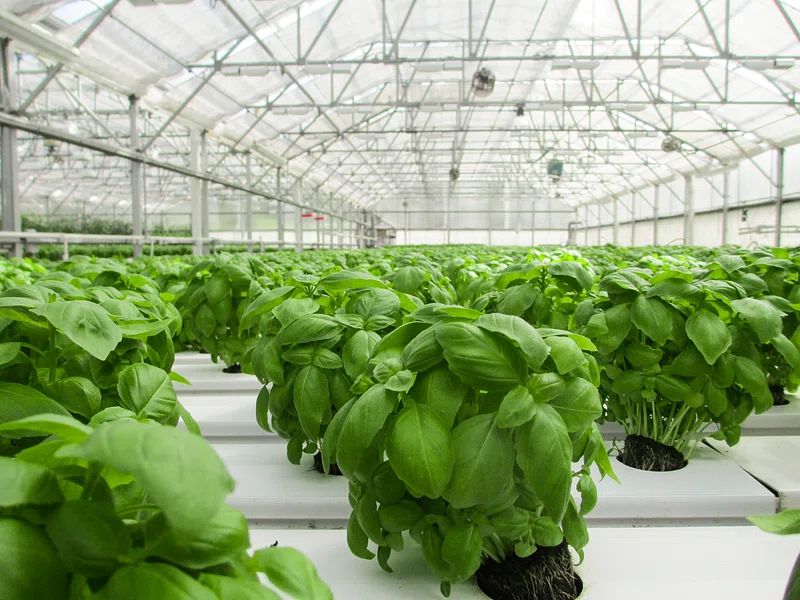
In the heart of Manhattan, vertical farming is no longer confined to rooftops or industrial zones. According to The New York Times, high-end condos are installing hydroponic systems right in the kitchens and living rooms. These sleek, self-contained gardens let residents grow herbs, leafy greens, and even strawberries without leaving their penthouses. The systems are often integrated into custom cabinetry or living walls, blending form and function.
With limited outdoor space, New Yorkers are redefining what it means to “eat local.” Some apartments even come pre-equipped with climate-controlled micro-farms as a standard amenity. The appeal goes beyond novelty—these systems promise freshness, sustainability, and a daily dose of nature. In a city that values innovation, luxury is increasingly green.
2. Los Angeles, California
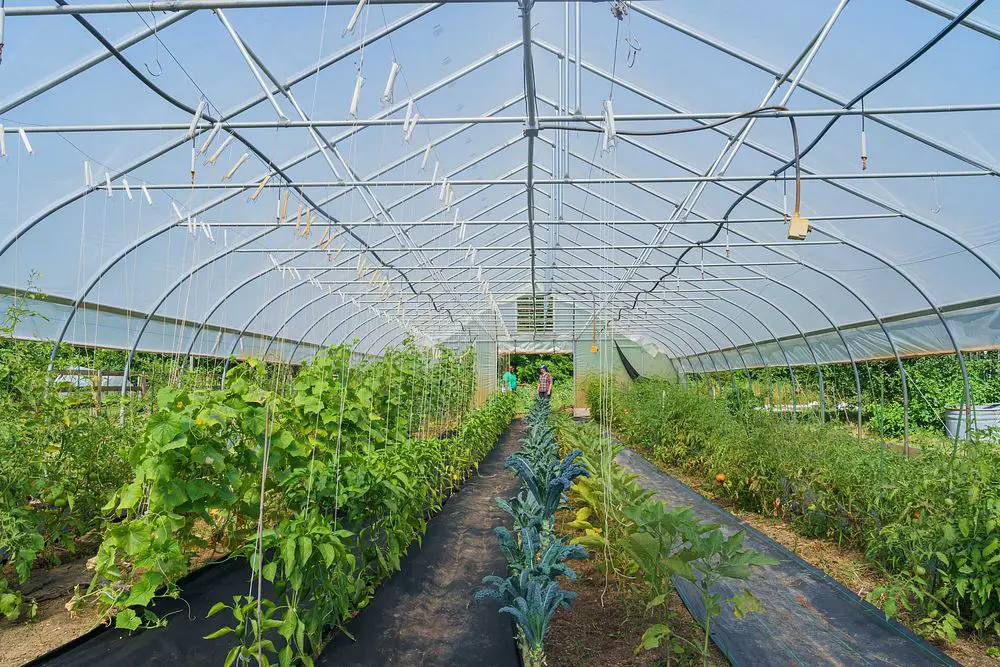
In L.A., the luxury real estate market has fully embraced the health and wellness lifestyle, and indoor farming fits right in. Fine Gardening reports that some new construction homes in Beverly Hills and Brentwood now include designated grow rooms with LED lighting, automated irrigation, and climate control. These spaces aren’t just for show—they produce enough microgreens, tomatoes, and herbs to keep a private chef supplied year-round. In some cases, they double as visually stunning statement rooms.
The farm-to-table concept has literally come indoors. For environmentally conscious celebrities and entrepreneurs, growing your own food at home is becoming both a personal choice and a design feature. With California’s drought conditions, these hydroponic and aquaponic systems also offer water efficiency. L.A.’s version of luxury now means your kitchen might smell like basil instead of bleach.
3. Miami, Florida

Miami’s luxury developments are bringing the outdoors inside in an entirely new way. Forbes highlights buildings where each unit includes a vertical farming unit built into the kitchen backsplash or hallway. These systems thrive in the region’s natural humidity and light, often assisted by energy-efficient grow lamps. For residents, it means access to fresh greens and herbs even in high-rise condos.
Developers are marketing these features as the next evolution of sustainable living. Buyers love the idea of picking their salad from a glowing wall of arugula and mint. It’s not just about taste—it’s about lifestyle branding. In Miami’s luxury circles, farm-fresh is now home-grown.
4. Denver, Colorado
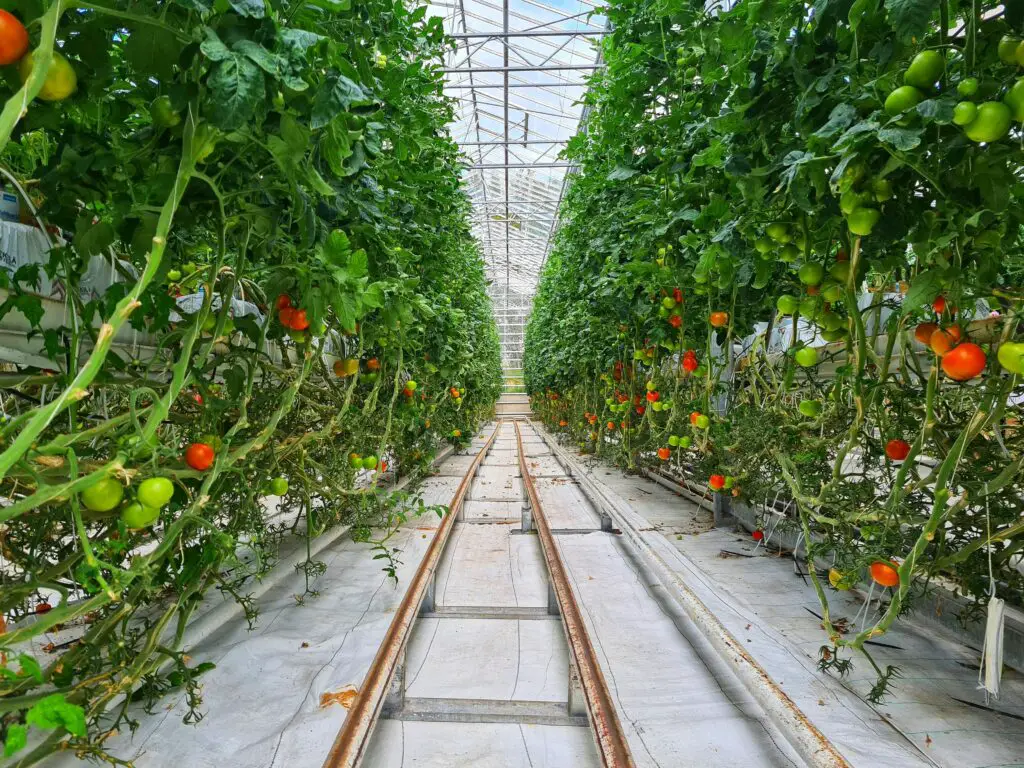
At Denver’s elevation, outdoor growing seasons are short—but indoor farming solves that issue beautifully. The Denver Post reports on luxury homes in areas like Cherry Creek and Sloan’s Lake that include in-home greenhouses and hydroponic towers as standard features. These indoor systems let residents grow kale, chard, and culinary herbs all year long, regardless of snow or sun. Natural light is supplemented with smart lighting systems that mimic sunrise and sunset.
As more Coloradans seek to align luxury living with sustainability, indoor agriculture has emerged as a surprising trend. Some homeowners even incorporate aquaponics setups with fish tanks connected to edible plant beds. It’s a conversation starter and a self-contained ecosystem. In Denver, eco-consciousness now comes with a gourmet edge.
5. Austin, Texas
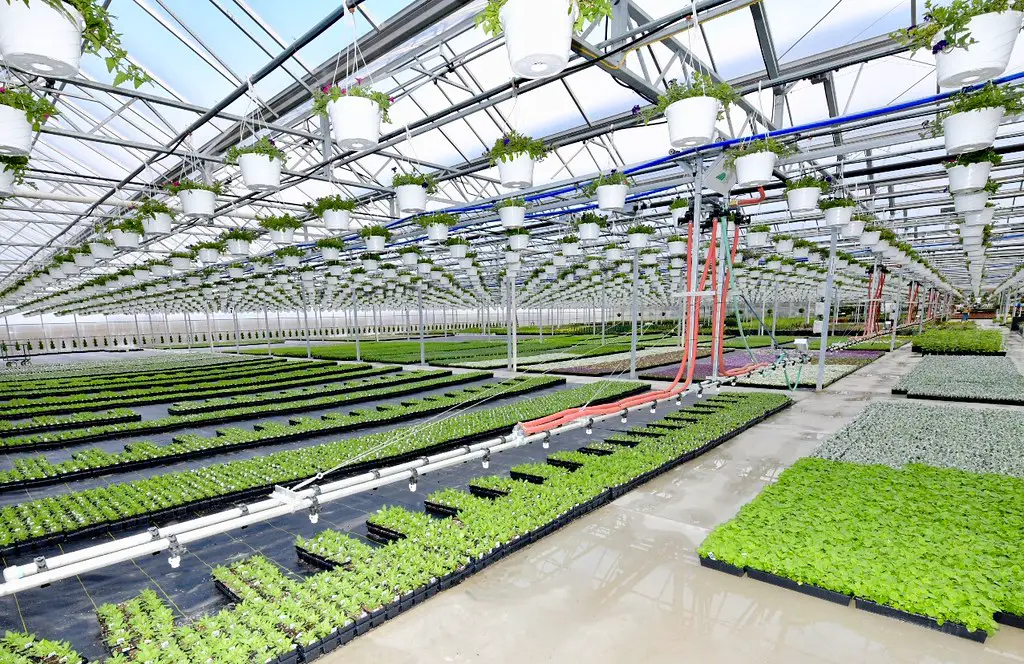
Austin’s indoor farming scene is booming among tech professionals and luxury buyers who value innovation and wellness. Smart grow pods are appearing in home offices, kitchens, and even bathrooms, blurring the line between décor and food production. These units offer programmable lighting and nutrient delivery systems that make growing food nearly effortless. As a bonus, they look as sleek as a new MacBook.
In a city that prizes DIY culture and sustainability, these systems are viewed as both practical and aspirational. Austin’s growing season is long, but indoor setups add reliability and control. For buyers at the high end of the market, it’s no longer enough to compost—you have to cultivate. And if your living room also serves up basil, even better.
6. San Francisco, California
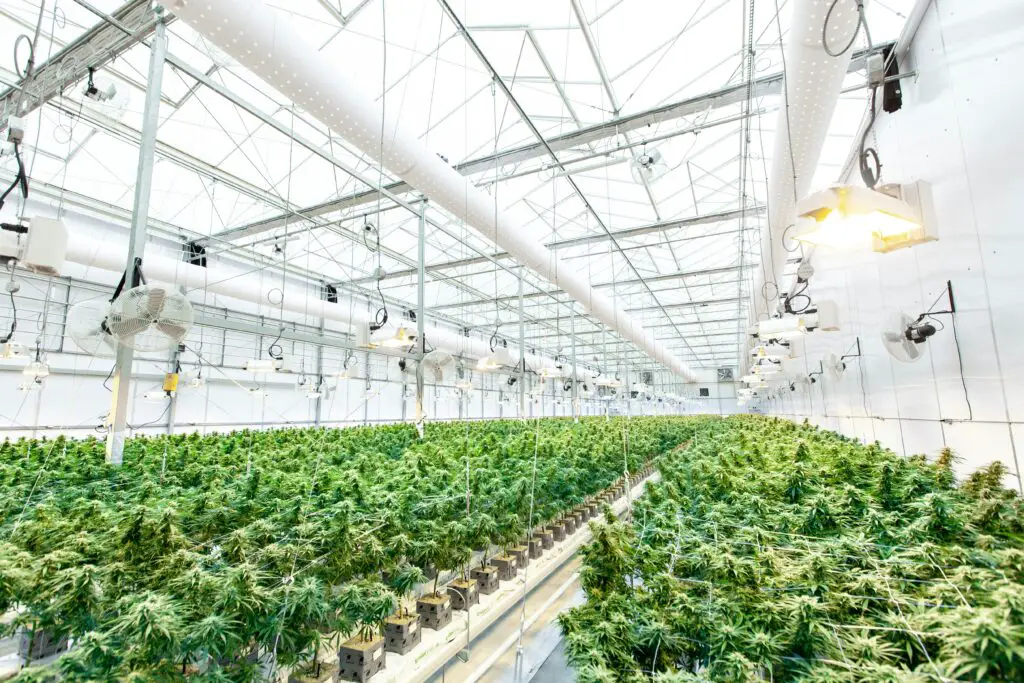
San Francisco’s compact homes and green values have made indoor farming a popular feature in luxury remodels. Upscale townhouses are being retrofitted with hydroponic shelving that grows everything from bok choy to edible flowers. These systems often sync with smart home apps, allowing homeowners to monitor pH levels and water cycles from their phones. Efficiency and elegance go hand-in-hand.
For tech-forward buyers, indoor farming represents the perfect fusion of nature and innovation. It also aligns with the city’s ethos of resilience and food independence. Fresh, homegrown produce isn’t just convenient—it’s a philosophical choice. In San Francisco, luxury has roots—literally.
7. Scottsdale, Arizona
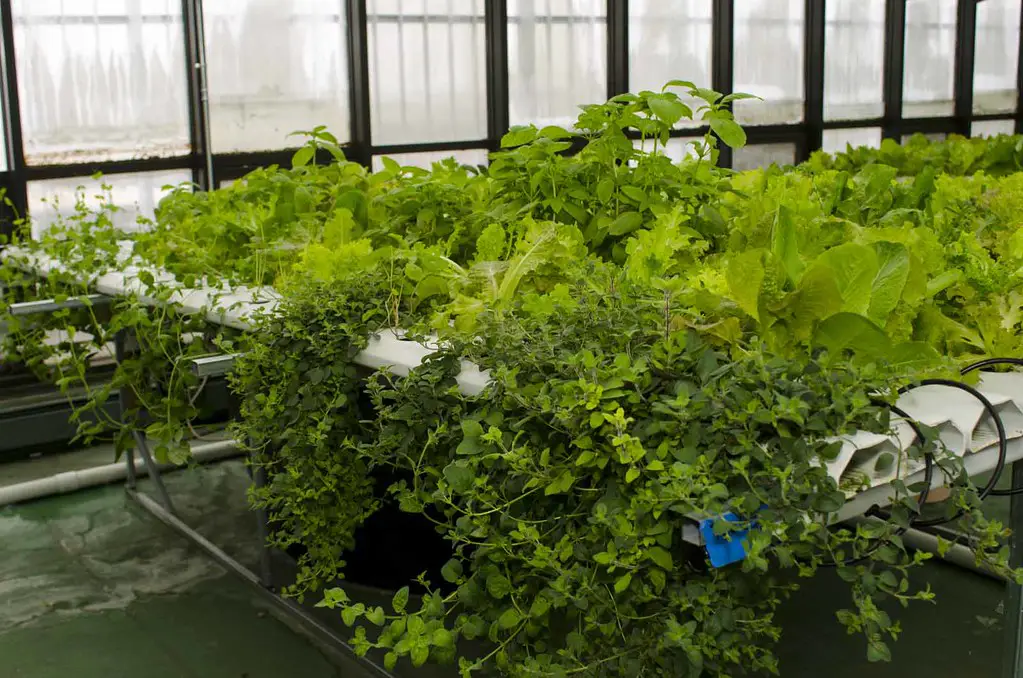
In the desert heat, maintaining a lush outdoor garden can be both wasteful and difficult. That’s why Scottsdale’s luxury homes are going green on the inside. Indoor farming installations help homeowners grow herbs, leafy vegetables, and even citrus in controlled environments without wasting precious water. They also add a calming, natural aesthetic to otherwise ultra-modern interiors.
The systems are engineered for efficiency, with recycled water loops and low-energy LED lighting. For wellness-minded homeowners, it’s about living better—not just living large. In the Sonoran desert, this trend is proving that you don’t need rain to grow green.
8. Boston, Massachusetts

In historic Boston, luxury buyers are blending traditional architecture with cutting-edge agriculture. Townhomes and brownstones now feature indoor garden rooms that serve as edible conservatories. From rosemary to rainbow chard, these high-tech spaces bring color and nutrition into the heart of the home. They’re especially popular in properties where outdoor space is limited or nonexistent.
These installations often reflect a desire to live more intentionally. In a fast-paced urban environment, tending to your own food becomes an act of mindfulness. It’s the new quiet luxury: sustainable, personal, and always in season.
9. Chicago, Illinois

Windy City winters don’t allow for much gardening—unless it happens indoors. High-end condos and townhouses are increasingly offering space for vertical garden walls, countertop hydroponics, and temperature-controlled grow boxes. These features are marketed as luxury amenities that also promote health and wellness. They bring life and greenery into homes that might otherwise feel sealed off for half the year.
In a city where lake-effect snow can last into April, growing fresh food indoors feels both luxurious and smart. Residents enjoy greens and herbs year-round without worrying about frost. It’s a modern take on the sunroom, but with edible returns. Chicago luxury is officially getting leafy.
10. Honolulu, Hawaii
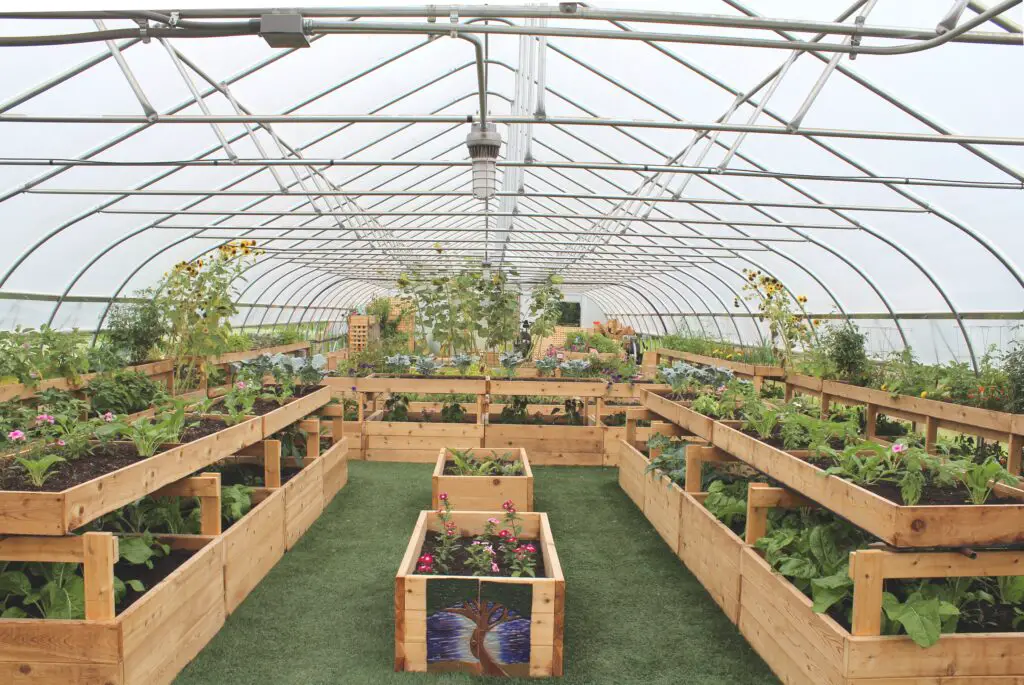
In tropical Honolulu, indoor farming adds another layer to the island lifestyle. Luxury homes are using enclosed garden walls and smart grow stations to produce fresh greens without pests or excess rain exposure. Even in paradise, controlled environments offer convenience and consistency. They also reduce reliance on imported produce.
With Hawaii’s high cost of living, self-sufficiency has a powerful appeal. These systems provide fresh, organic food without ever leaving home. It’s a new kind of island luxury—part nature, part tech, all taste.
11. Philadelphia, Pennsylvania
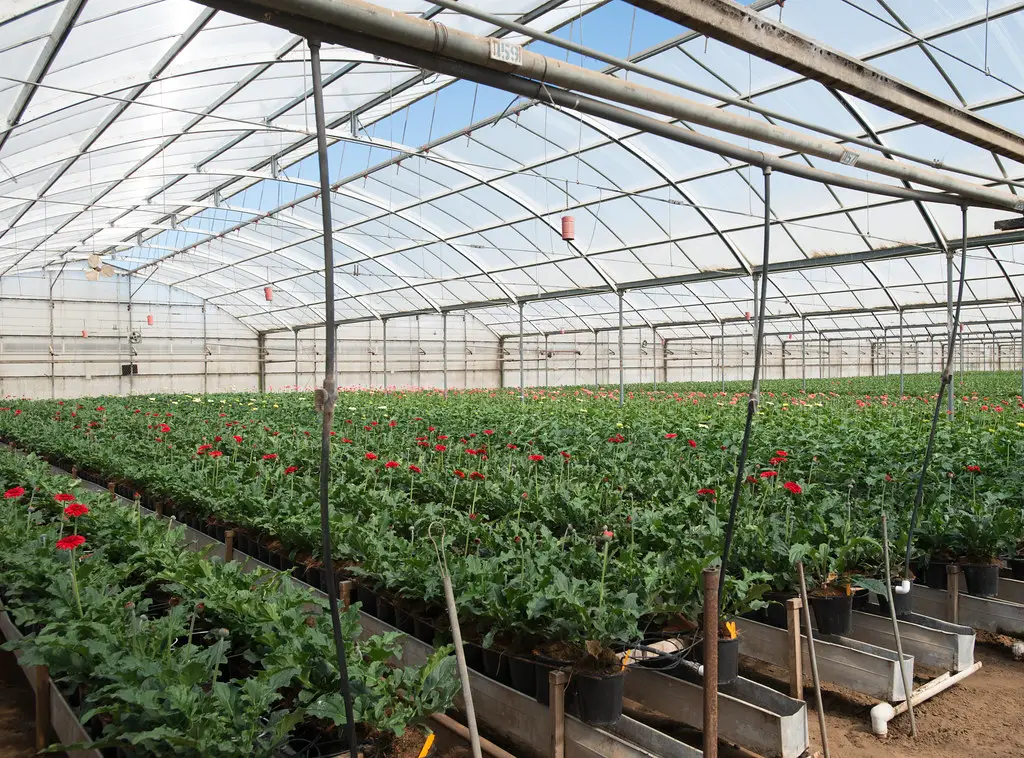
Philly’s luxury homebuyers are increasingly looking for spaces that blend sustainability with elegance. Indoor farming features like living kitchen walls, aeroponic planters, and glassed-in grow closets are showing up in new builds and historic renovations. These additions offer a modern twist on the traditional garden room, reimagined for utility. Instead of floral arrangements, think edible bouquets.
Buyers love the idea of plucking basil or mint directly from the wall before dinner. It adds freshness to meals and flair to design. In a city steeped in history, indoor farming brings something truly new to the table. Philly’s luxury homes are turning green—inside and out.
12. Salt Lake City, Utah
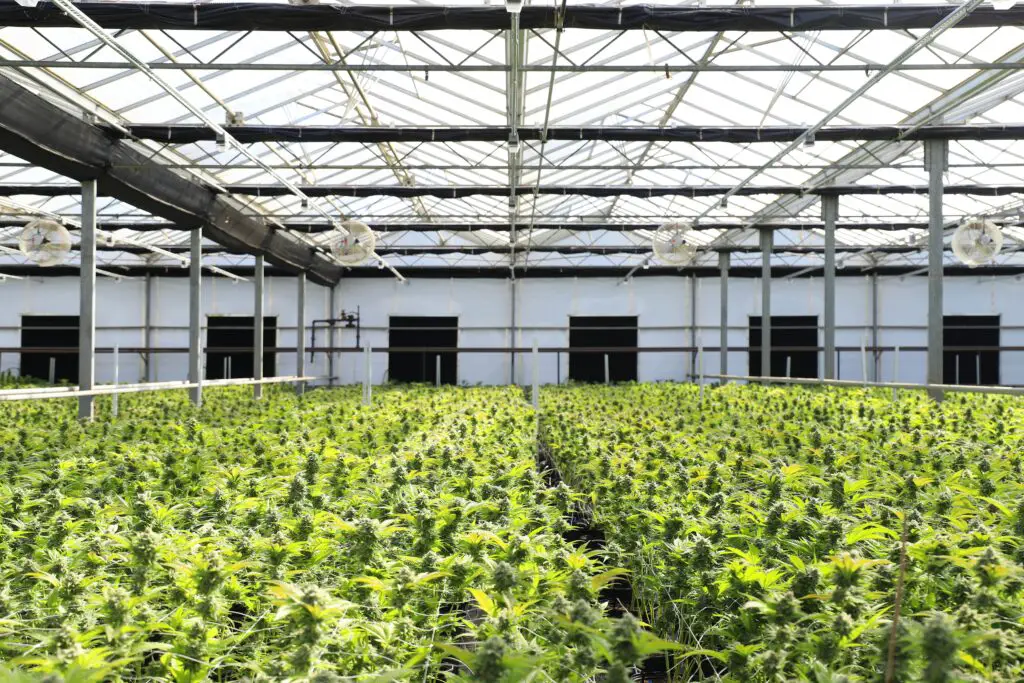
Salt Lake City may be known for its mountain views, but it’s what’s happening indoors that’s turning heads in the luxury market. New construction homes and eco-modern remodels are incorporating modular growing systems built into cabinetry and walls. These setups allow for climate-controlled cultivation of leafy greens, strawberries, and even edible flowers. The result is a seamless blend of architecture and agriculture.
Buyers here are drawn to wellness features that align with outdoor lifestyles. Indoor farming fits that mold perfectly, offering nourishment and natural beauty year-round. In Utah, modern luxury means you don’t just live in a home—you grow with it.
